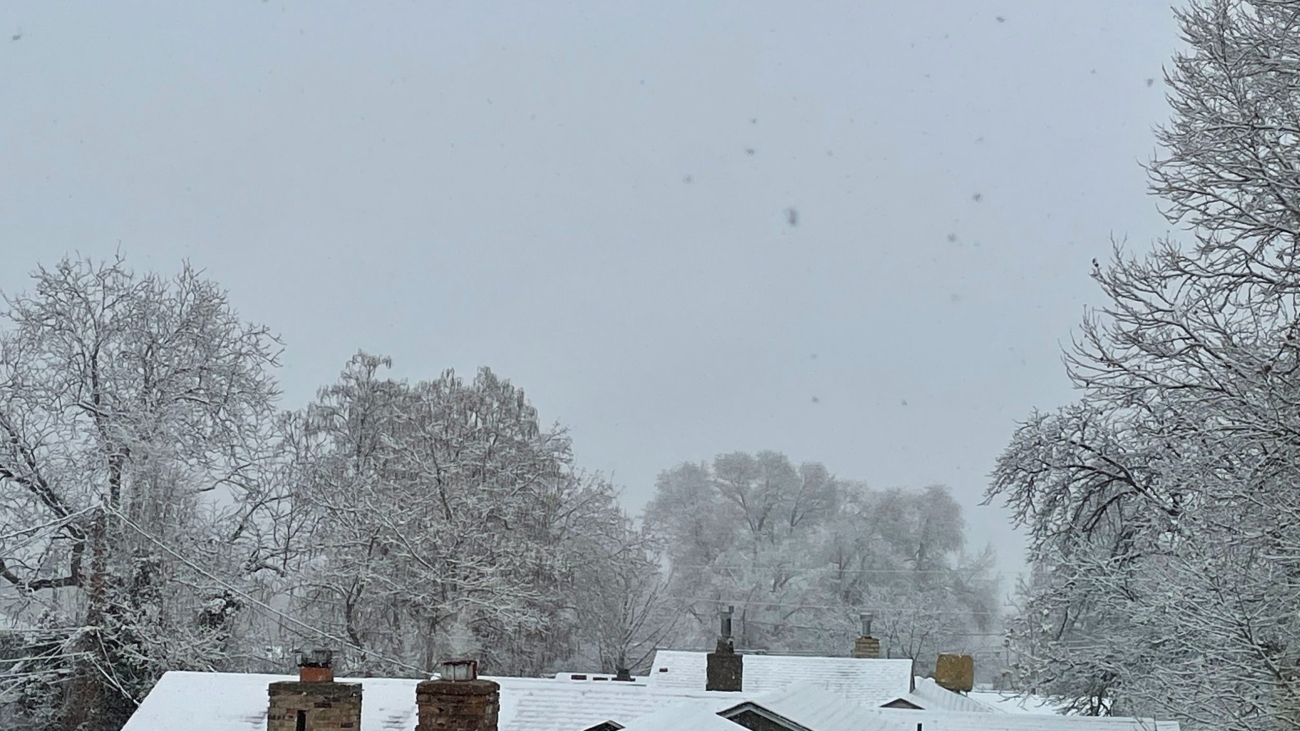Ways Winter Impacts Your Roof
As winter descends upon the northern landscapes of Canada, homeowners face a unique set of challenges in ensuring their abodes stand resilient against the season’s frosty grip. Among the vulnerable components of a home, the roof stands as a silent sentinel, combating heavy snow loads, freezing temperatures, and a myriad of winter-related adversities. In this comprehensive guide, we will delve into the manifold ways winter impacts your roof and unveil effective solutions to safeguard your home during the colder months.
Heavy Snowfall and Structural Stress:
The picturesque snowfall that blankets your home can be enchanting, but beneath its beauty lies a potential threat. The accumulation of heavy snow on your roof poses a significant risk to its structural integrity. The sheer weight of the snow can stress the roofing materials and framing, leading to potential damage or, in extreme cases, collapse. This risk is especially pronounced for flat or low-pitched roofs. To mitigate this threat, proactive snow removal becomes crucial. Consider using a roof rake to safely clear excess snow or, for larger tasks, ask the professionals at Cambie Roofing for a snow removal referral, to alleviate the burden and preserve your roof’s resilience.
Ice Dams and Water Intrusion:
Winter’s fluctuating temperatures contribute to the formation of ice dams along the roof’s edge. These dams obstruct the natural drainage of melting snow, creating pools of water that may seep into your home, causing water damage. Proper insulation and ventilation in the attic are paramount to counter this issue. By maintaining a consistent temperature on the roof, you can thwart the conditions conducive to ice dam formation and prevent potential water intrusion. Adequate insulation also helps to minimize heat loss, reducing the risk of ice damming.
Freeze-Thaw Cycles and Shingle Vulnerability:
Winter’s relentless freeze-thaw cycles pose a unique threat to roofing materials, particularly shingles. The constant contraction and expansion can render shingles brittle, leading to cracks and vulnerabilities. A thorough pre-winter roof inspection is paramount to identify any compromised shingles and address them promptly. This proactive measure ensures your roof remains steadfast against the elements. Consider investing in high-quality shingles designed to withstand the rigours of winter, providing an added layer of protection.
Condensation Challenges and Attic Health:
Condensation and moisture issues within the attic space escalate during winter. Inadequate insulation allows warm air from your living spaces to infiltrate the attic, where it meets the cold roof surface, leading to condensation. This moisture can foster mold growth and compromise your roof’s structural integrity over time. Prioritize proper attic insulation and ventilation to create a barrier against these winter-induced challenges. Adequate ventilation allows for proper airflow, preventing the buildup of excess moisture and maintaining a healthy attic environment.
Gutter and Downspout Conundrums:
Winter poses unique challenges for gutters and downspouts, often leading to freezing and blockages. When not addressed, these issues can impede proper water drainage, causing potential damage. Regularly clearing debris from gutters and ensuring downspouts remain unobstructed are essential preventive measures. This not only protects your roof but also safeguards your home’s foundation from water-related issues. Consider installing gutter guards to minimize the accumulation of debris, reducing the need for frequent cleanings.
Final Thoughts
As winter casts its wintry spell, understanding the nuanced impact on your roof is crucial for homeowners in Canada. By proactively addressing the challenges of heavy snow loads, ice dams, freeze-thaw cycles, condensation, and gutter issues, you can fortify your roof against the elements. Embrace these solutions to ensure your home stands resilient and secure throughout the winter, weathering the challenges with grace and strength. A well-prepared roof not only preserves the structural integrity of your home but also provides peace of mind as you navigate the colder months with confidence.


